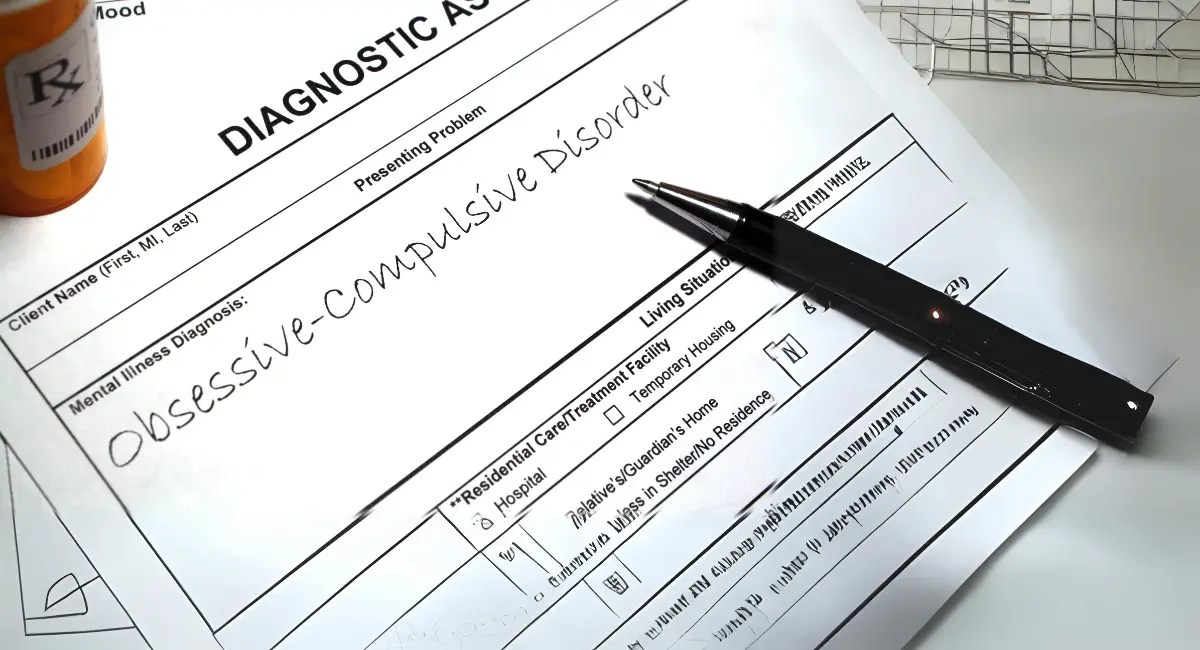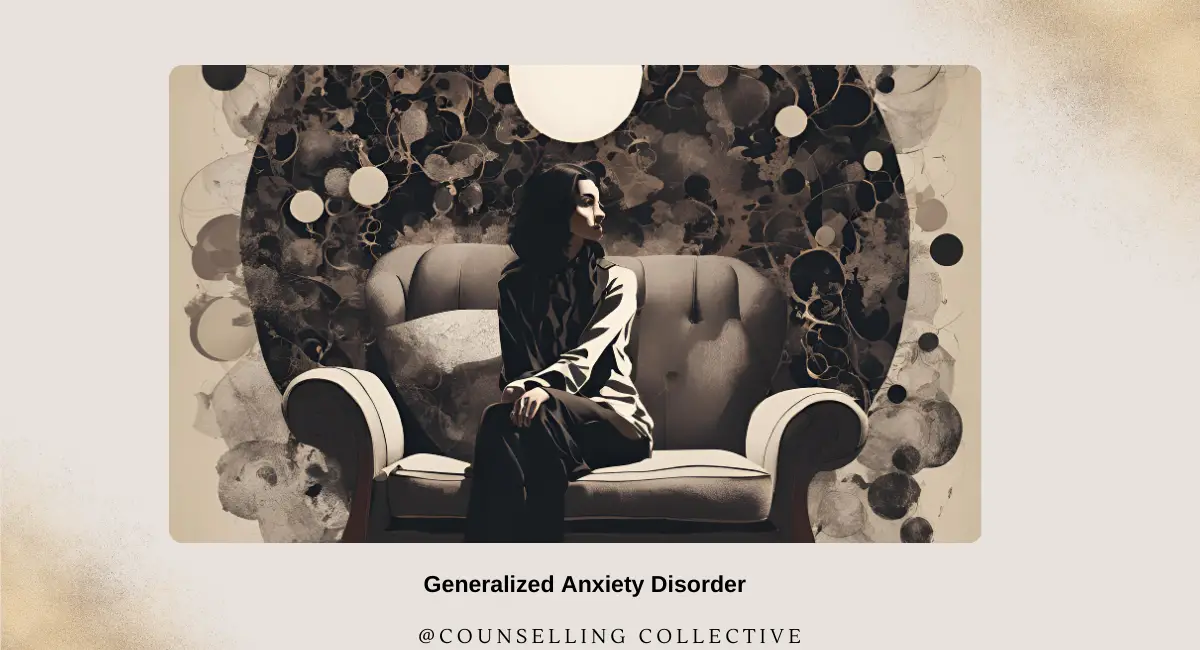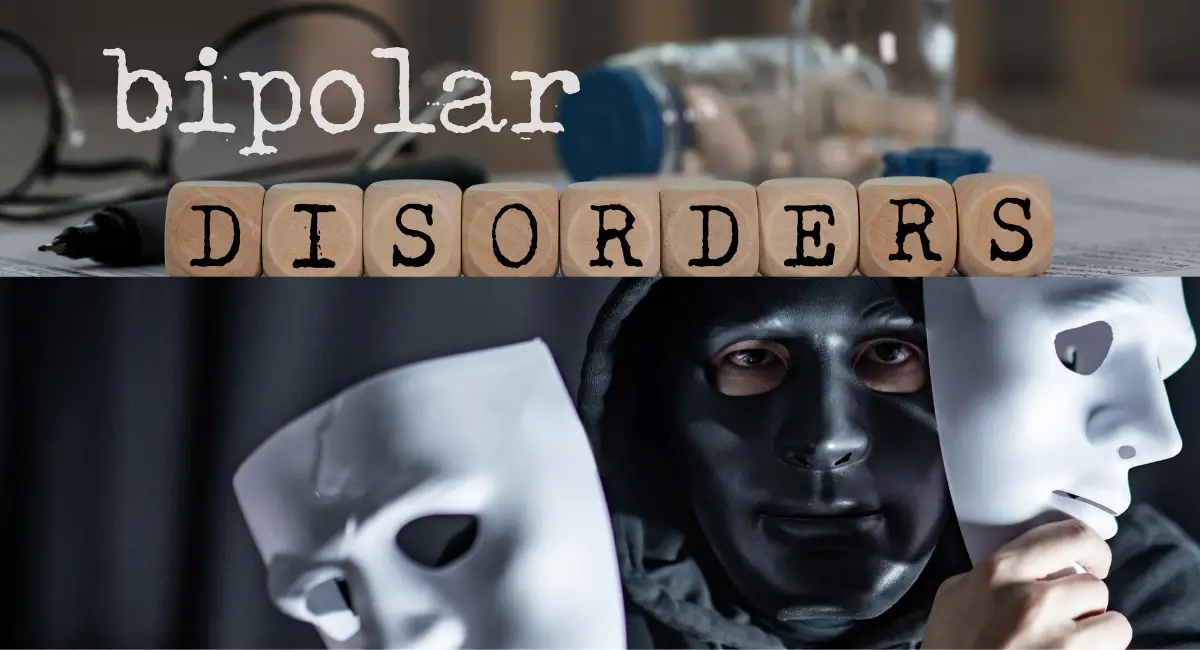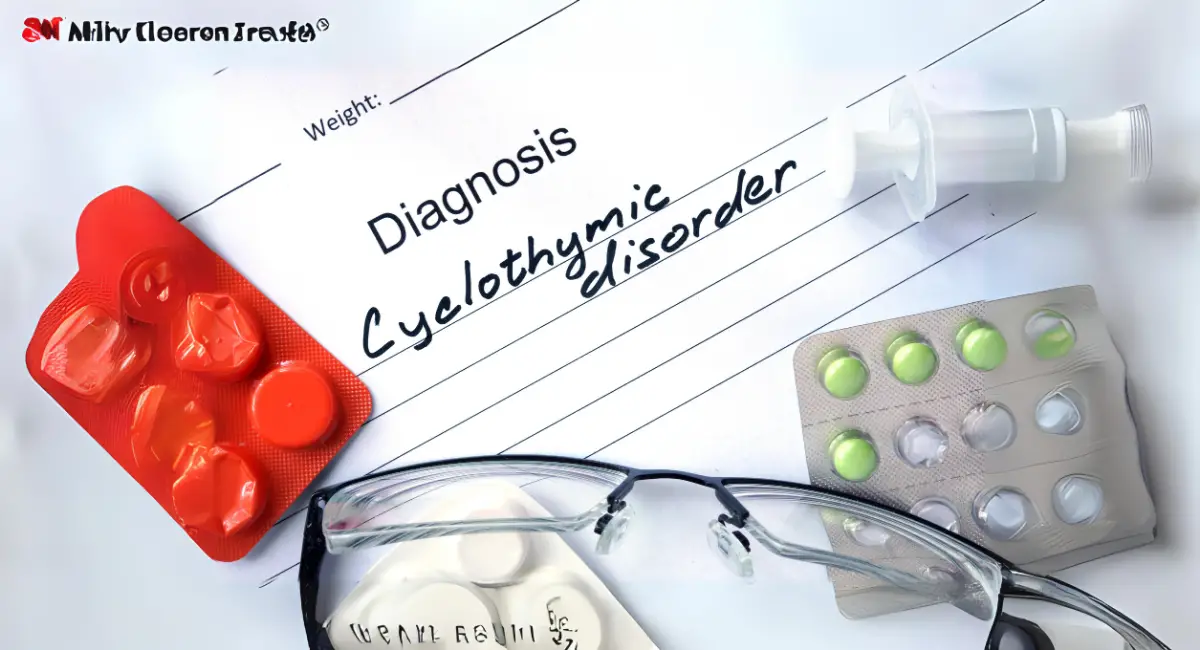
Obsessive-Compulsive: Causes, and Therapy Options
Contents
Introduction
Obsessive-Compulsive Disorder (OCD) is a chronic and debilitating mental health disorder characterized by recurrent, intrusive thoughts (obsessions) and repetitive behaviors (compulsions) that the individual feels driven to perform. These obsessions and compulsions can consume significant time and cause distress, interfering with a person’s daily functioning and relationships.
According to the Diagnostic and Statistical Manual of Mental Disorders, Fifth Edition (DSM-5), OCD is classified under Obsessive-Compulsive and Related Disorders. It affects approximately 1-2% of the population and often begins in childhood or adolescence. This article will focus on Obsessive-Compulsive Disorder, with particular attention to Contamination Obsessions and Checking Compulsions, exploring the Symptoms, Causes, and Therapy Options for managing this disorder.
Common Symptoms of Obsessive-Compulsive Disorder
OCD involves a wide range of obsessions and compulsions, which can vary in intensity and presentation. Below is a table outlining the common symptoms and examples of how they manifest in daily life:
| Symptom | Description/Example |
|---|---|
| Contamination Obsessions | Intense fear of germs or contamination. For example, someone may obsessively worry about getting sick from touching doorknobs, leading to repeated handwashing. |
| Checking Compulsions | The need to repeatedly check that something is done properly. For example, someone may check door locks or appliances multiple times before leaving the house. |
| Symmetry and Order Obsessions | Preoccupation with objects being arranged in a particular way. For example, someone may feel distressed if books or items on a shelf are not perfectly aligned. |
| Ritualistic Behaviors | Repetitive actions performed according to strict rules. For example, someone may need to perform tasks, such as dressing or walking, in a specific sequence or manner to prevent harm. |
| Fear of Harm | Intrusive thoughts about accidentally causing harm to oneself or others. For example, someone may repeatedly check to ensure that no harm was caused while driving, even though nothing has occurred. |
| Counting or Repeating | Repetitive mental acts or counting behaviors. For example, someone may need to count to a specific number to “neutralize” an intrusive thought or prevent harm. |
Causes and Risk Factors of Obsessive-Compulsive Disorder
The exact cause of OCD is not fully understood, but it is believed to result from a combination of genetic, biological, and environmental factors. Certain risk factors may increase the likelihood of developing OCD.
1. Genetic Factors
There is evidence to suggest that OCD has a genetic component. Individuals with a family history of OCD or other anxiety disorders may be at a higher risk of developing the condition.
- Twin and family studies suggest that genetic factors contribute to the development of OCD. First-degree relatives of individuals with OCD are more likely to develop the disorder, particularly if the onset of OCD occurred during childhood or adolescence.
- Genetic variations that affect neurotransmitter systems, particularly serotonin, are believed to play a role in the development of OCD.
2. Neurobiological Factors
Abnormalities in brain function, particularly in the circuits that regulate decision-making, impulse control, and emotional regulation, have been implicated in the development of OCD. Neurotransmitter imbalances, especially in serotonin and dopamine systems, are also thought to play a role.
- Neuroimaging studies have shown that individuals with OCD have hyperactivity in certain brain regions, including the orbitofrontal cortex, anterior cingulate cortex, and basal ganglia. These areas are involved in processing threats, decision-making, and the regulation of repetitive behaviors.
- Serotonin imbalances are thought to contribute to the symptoms of OCD, which is why selective serotonin reuptake inhibitors (SSRIs) are often used as a treatment for the disorder.
3. Environmental and Psychological Factors
Stressful life events, trauma, or childhood experiences may trigger the onset of OCD in individuals who are genetically predisposed to the disorder. Childhood infections, such as streptococcal infections, have also been linked to the sudden onset of OCD in some cases.
- Environmental stressors, such as major life changes, loss, or trauma, can precipitate the onset of OCD symptoms. Some individuals with OCD report that their symptoms began after experiencing a significant stressor.
- Pediatric Autoimmune Neuropsychiatric Disorders Associated with Streptococcal Infections (PANDAS) is a rare condition in which OCD symptoms suddenly appear following a streptococcal infection.
Therapy and Treatment Options for Obsessive-Compulsive Disorder
Treating OCD involves a combination of therapies that target both the obsessive thoughts and compulsive behaviors. Below are key treatment options:
1. Cognitive Behavioral Therapy (CBT)
CBT is the most effective therapy for treating OCD, particularly a specific form known as Exposure and Response Prevention (ERP). This therapy helps individuals confront their obsessions and resist the urge to engage in compulsive behaviors, gradually reducing the anxiety associated with the obsessions.
Example: Sarah, who struggles with contamination obsessions, works with a CBT therapist to face her fear of germs by gradually exposing herself to situations that trigger her anxiety, such as touching doorknobs without washing her hands. Over time, she learns to tolerate the anxiety and reduce her compulsive washing behaviors.
2. Mindfulness-Based Cognitive Therapy (MBCT)
MBCT combines mindfulness practices with cognitive therapy to help individuals become more aware of their obsessive thoughts without becoming overwhelmed by them. This approach is particularly useful for managing the intrusive thoughts that drive compulsions in OCD.
Example: Mark practices mindfulness techniques through MBCT to observe his checking compulsions without engaging in them. By learning to sit with the discomfort of uncertainty, he is able to reduce his checking behaviors and regain control over his time.
3. Pharmacotherapy (Medication Management)
Medications such as selective serotonin reuptake inhibitors (SSRIs) are commonly prescribed to help manage the symptoms of OCD. These medications help regulate serotonin levels in the brain, reducing both obsessions and compulsions.
Example: Sarah’s psychiatrist prescribes an SSRI to help regulate her mood and reduce the intensity of her obsessions about contamination. With medication and therapy, Sarah experiences significant improvement in her symptoms.
Long-Term Management of Obsessive-Compulsive Disorder
Managing OCD over the long term requires consistent therapeutic intervention and a commitment to treatment. Below are key strategies for long-term management:
- Regular Therapy: Continued participation in therapies such as CBT and MBCT helps individuals develop effective coping strategies to manage obsessive thoughts and compulsive behaviors.
- Medication Adherence: For individuals taking SSRIs or other medications to manage their symptoms, consistent use of medication is essential for maintaining stability.
- Support Networks: Engaging with supportive family, friends, or support groups provides emotional support and helps individuals stay motivated in their treatment.
- Routine and Structure: Maintaining a structured routine and practicing relaxation techniques, such as mindfulness, can help individuals manage their anxiety and reduce the impact of their obsessions and compulsions.
Conclusion
Obsessive-Compulsive Disorder (OCD) is a debilitating condition that can significantly impair an individual’s daily functioning and quality of life. However, with the right combination of treatments—such as Cognitive Behavioral Therapy, Mindfulness-Based Cognitive Therapy, and pharmacotherapy—individuals can manage their symptoms and lead fulfilling lives. Long-term management strategies, including regular therapy, medication adherence, and support networks, are essential for maintaining stability and preventing relapse.
References
- American Psychiatric Association. (2013). Diagnostic and Statistical Manual of Mental Disorders (5th ed.). Washington, DC: American Psychiatric Publishing.
- Nolen-Hoeksema, S. (2014). Abnormal Psychology. McGraw-Hill Education.
- Abramowitz, J. S., & Jacoby, R. J. (2015). Obsessive-Compulsive Disorder in Adults. American Psychological Association.
- Steketee, G., & Barlow, D. H. (2007). Mastery of Obsessive-Compulsive Disorder: Workbook (Treatments That Work). Oxford University Press.
- Penzel, F. (2011). The OCD Workbook: Your Guide to Breaking Free from Obsessive-Compulsive Disorder. New Harbinger Publications.
Explore Other Mental Health Issues








